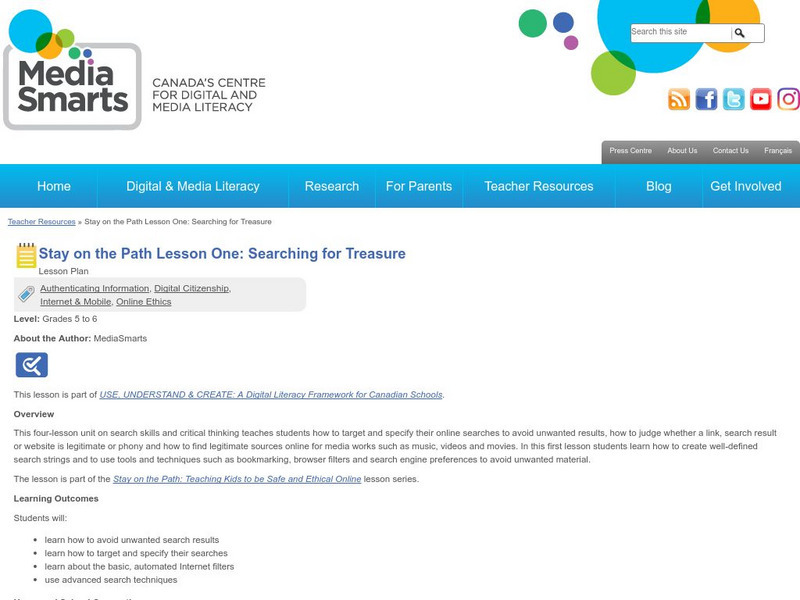Curated OER
Water Use and Conservation
Learners discuss the different types of water found on Earth. They discover why not all water is used for drinking and calculate how much water they use. They create their own water conservation plan.
Curated OER
Earth's Place in the Solar System
Students study and discuss the planets. They create a visual representation of the layout of the solar system and color it. They also write an informative/narrative summary report on the cultural relevance of the Sun.
Curated OER
Personalized Masts
Students will use modern International Marine Code Flags to create representations of their names. They will use the inspiration of the sailing vessels to name and create a coat of arms for their ship.
Curated OER
Transistor Hunt
Students locate transistor devices in school. They explain the importance of transistors.
Curated OER
Geometry and Shapes in the X-36
Students describe, draw, and classify shapes. They use the internet to research the X-36 aircraft. Students identify the geometric shapes in the aircraft. They calculate the number of sides in an x-36.
Curated OER
What Is Kwanzaa?
Pupils use vocabulary related to Kwanzaa. They identify main ideas and details related to the celebration of Kwanzaa and summarize information about Kwanzaa. They make picture books appropriate for first and second graders.
Curated OER
Chemistry World The Five Types of Chemical Reactions
Students research five types of chemical reactions in order to design a learning center. Students use technology to research and present their material.
Alabama Learning Exchange
Researching Hurricanes with Technology
Young scholars explain the components that make up a hurricane.
Curated OER
Principles of Physics: A Real Scream!
Students apply their knowledge of the physics principles of force, energy and motion to researching the physics behind amusement park rides.
Curated OER
The Power Behind the Throne
Students choose a professional field of interest, consider what modern day or historical figure they would most like to assist, research the economy & its effect on support staff/entry-level jobs in that field, and create a strategy...
Curated OER
Electrical motors
Pupils investigate and experiement with a 9-volt motor. They will use the connecting wire and battery pack to discover fans.
Curated OER
McLean Train Yard
Students conduct online research and incorporate graphics and maps into a Powerpoint presentation that details life at the McLean train yard in its heyday.
Curated OER
Properties of Materials- Leaky Pipe
Students are presented with a problem of an industrial site is losing water through a pipe leakage. They need to find an appropriate material to seal the joints. Working in groups, they analyze the situation, collect additional...
Curated OER
Technology
Students recognize descriptions of different types of biotechnology currently being used. They form persuasive arguments for or against that particular type of biotechnology.
Discovery Education
Discovery Education: Lesson Plans Library K 5
This resource presents a lesson plan library which holds hundreds of lesson plans organized by grade level and subject area. Often rooted with an Internet research piece, each lesson plan contains specific objectives, procedures,...
Media Smarts
Media Smarts: Stay on the Path Lesson One: Searching for Treasure
This four-lesson unit on search skills and critical thinking teaches learners how to target and specify their online searches to avoid unwanted results, how to judge whether a link, search result, or website is legitimate or phony and...
Alabama Learning Exchange
Alex: How to Get the Most Out of Google Search
Technology based lesson for a High School English class on how to accurately and efficiently research information on the internet using Google Search. Young scholars conduct Web searches on open-ended questions, and draw on their...
Common Sense Media
Common Sense Media: Education: Crawling the Web: Grades 6 8
Faced with a large and ever-changing array of options about how to find information they need, students learn to make informed choices about which search sites to use for different purposes. They also learn to use multiple search tools...
ReadWriteThink
Read Write Think: Star Search: How Do I Find the Books I Need?
Lesson which outlines the STAR process for finding resources in a library. Students are taught to select appropriate search tools, subject headings, and resources.
Common Sense Media
Common Sense Media: Education: Using Keywords (K 2)
[Free Registration/Login Required] Students understand that keyword searching is an effective way to locate information on the Internet. They learn how to select keywords to produce the best search results to meet their goals. Then they...
The Tech Interactive
The Tech Museum of Innovation: Save the Hiker [Pdf]
Can you build a device that will deliver life-saving treatment to someone in a hazardous situation? During this instructional activity, students will learn how energy is converted and transferred between objects. Working in groups and...
Alabama Learning Exchange
Alex: "I'm Just a Bill"
Students will examine current and recently introduced Congressional legislation using the Thomas search engine. After reading legislation, students will write and post their proposed legislation for peer editing and comment. This lesson...



















